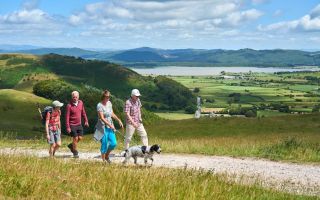
What is Morecambe Bay?
The answer might seem obvious and the question unnecessary but we do have to tackle this question from time to time, and the answer is layered touching on community, nature, heritage and geography.
What is Morecambe Bay?
How would you answer this seemingly simple question? It might depend on your purpose and priorities. Sarah Mason CEO considers the answer here.
What is Morecambe Bay? It’s just mud, sand, & sea, isn’t it?
We are often asked these questions!
Briefly, to me, Morecambe Bay is the place where I live alongside incredibly special wildlife – it’s a shared space for people & nature. And definitely not just mud, sand & sea (although they are especially important)!
Why is Morecambe Bay special?
It is a unique ecosystem which internationally important populations and types of waterfowl and seabirds rely on for survival. It is the largest continuous area of seashore which is covered at high tide and uncovered at low tide (intertidal) in the whole of Britain as well as being home to over 400,000 people, and a popular holiday destination to many.
The area supports huge diversity in both people, settlements, history, habitats, and species. This interconnection makes Morecambe Bay hugely special and worthy of recognition, respect, care, and protection.

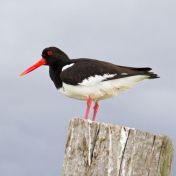
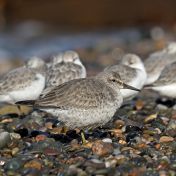
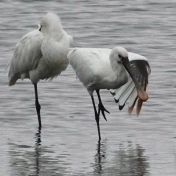
Where is Morecambe Bay?
Humans like to create boundaries, lines on maps and definitions. So, over the years, Morecambe Bay has been defined in geographic terms (by Morecambe Bay Partnership) as Barrow to Fleetwood. This seems a sensible, loose, definition to me. I usually describe the area as south of the A590, west of the A6 into Lancaster & then west & north of the A588 to Fleetwood, via Cockerham & Knott End. However, this invisible line does miss out two important estuaries, the Duddon estuary in the north, & the Wyre estuary in the south. In terms of wildlife designations, the Special Protection Area (SPA), which is an international designation, is called "Morecambe Bay and Duddon Estuary SPA", so the Bay sometimes includes Askam-in-Furness, Millom & Haverigg. Similarly in the south, the Bay sometimes goes as far as the A558 Shard Bridge over the Wyre Estuary.
Looking after Morecambe Bay
Despite the natural splendour of Morecambe Bay, the area faces urgent challenges from the effects of climate change, pollution, unsustainable development, and inequality. Positive action is required to support the nature, heritage & communities of Morecambe Bay. Our charity works in partnership to help everyone appreciate, access, and nurture the nature, landscapes, and communities of this special place, and is funded entirely by grants and donations. More information here.
By Sarah Mason, CEO of Morecambe Bay Partnership

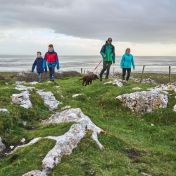
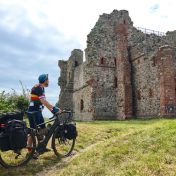
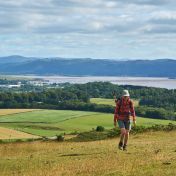

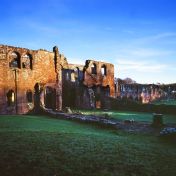
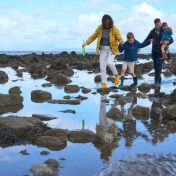
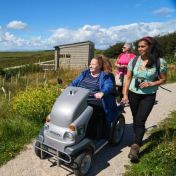
What do we do for Morecambe Bay?
We are coastal champions for Morecambe Bay, working in partnership to help everyone appreciate, access, and nurture the nature, landscapes, and communities of this special place, and is funded entirely by grants and donations.
Find out more about our work & impact hereCan you help support and care for Morecambe Bay?
There are lots of way to show your love & support for Morecambe Bay through volunteering, booking onto an event, telling a friend about us... but one of the most impactful is making a donation.
Interested in supporting Morecambe Bay?